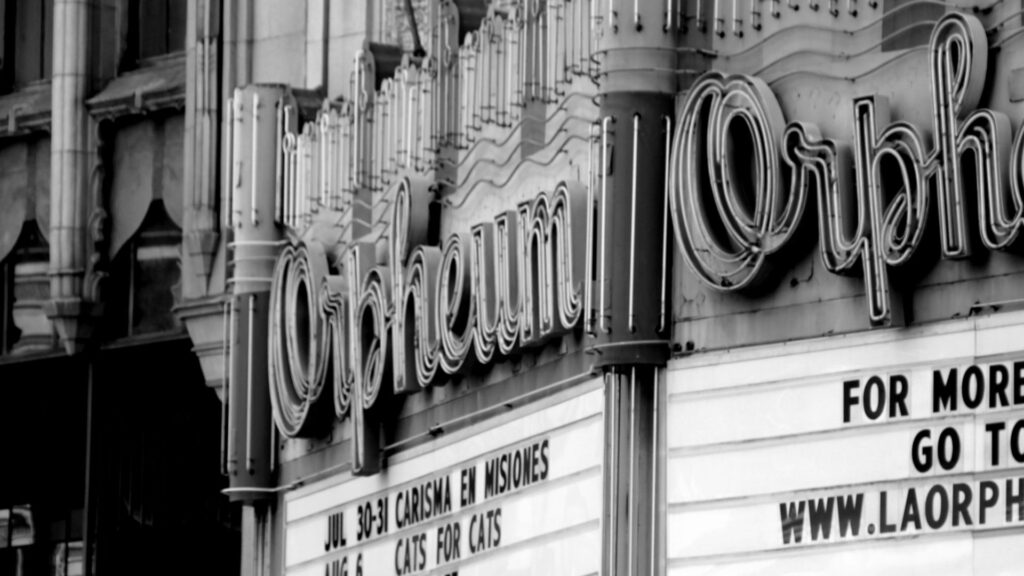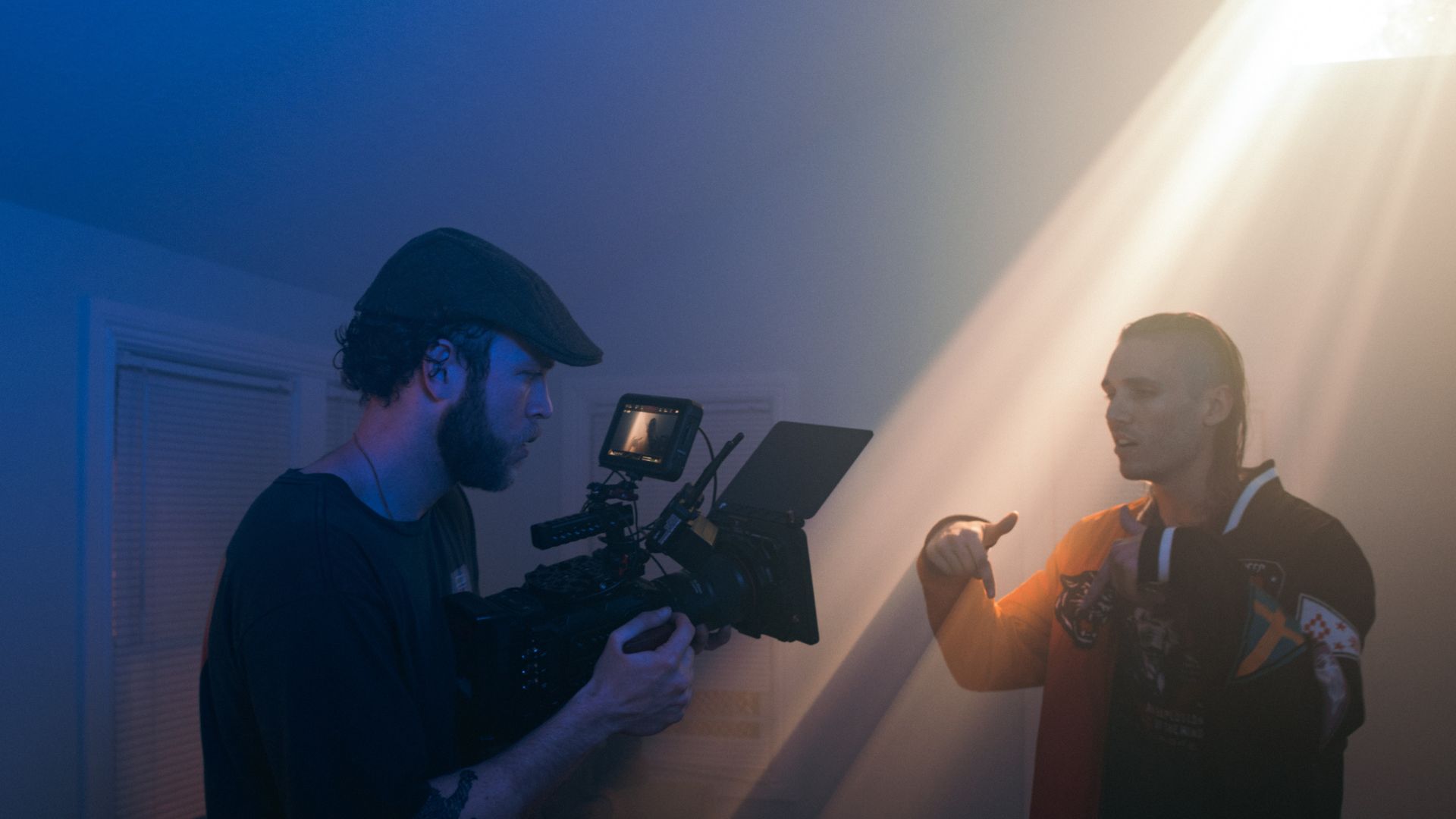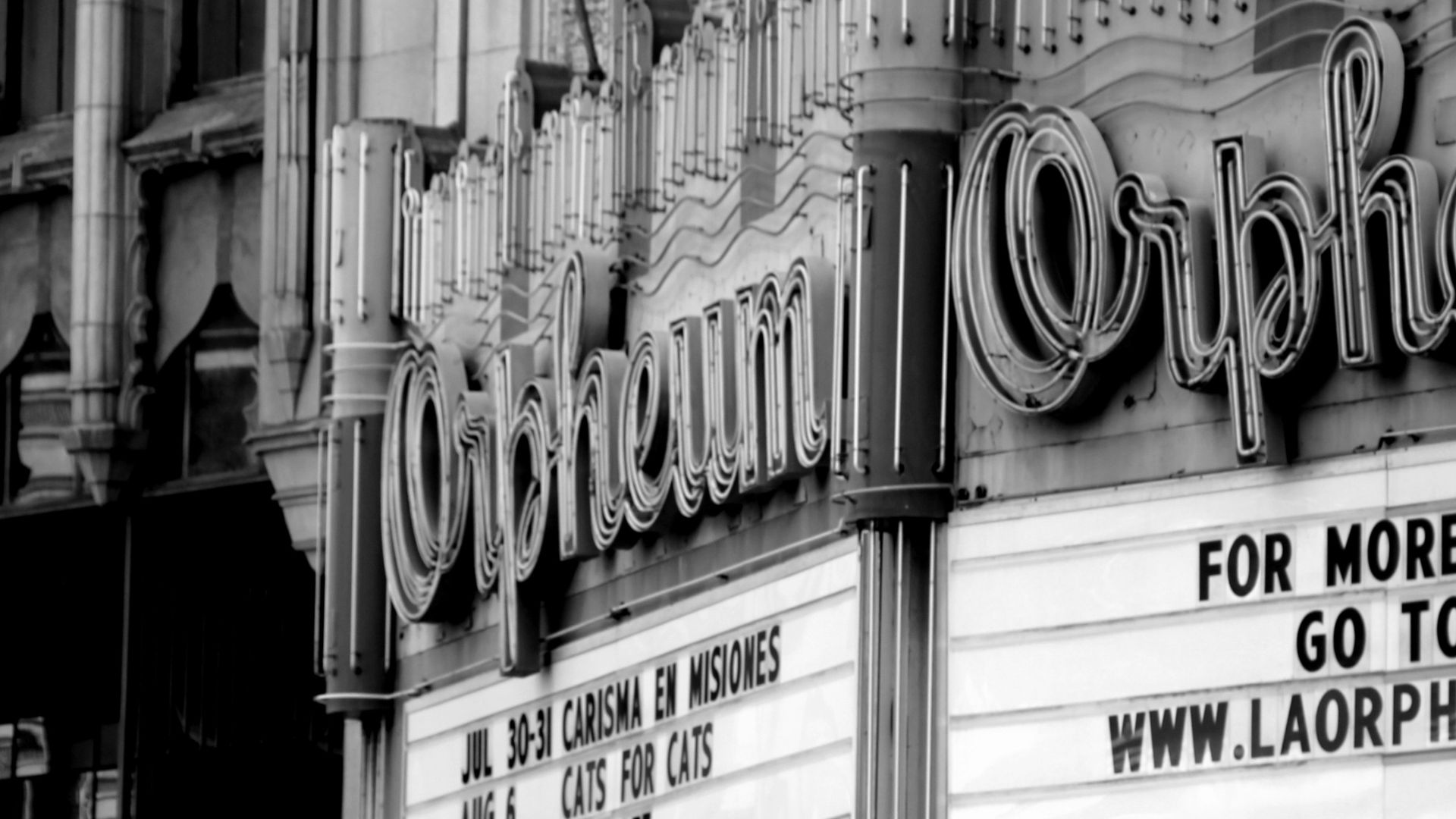Film genres are the different categories or types of films that share common characteristics, themes, and storytelling techniques. These genres help guide audiences, making it easier for us to understand what to expect from a movie. From the futuristic worlds of sci-fi to the heartfelt narratives of drama, each genre offers a unique lens through which we experience storytelling.
In this guide, we’ll explore some of the most prominent genres in cinema—Sci-Fi, Fantasy, Drama, Romance, Action, and Adventure—and how they’ve evolved over time to become staples of the modern film landscape:
- Sci-Fi and fantasy: Exploring speculative futures and imagined worlds
- Drama and romance: The heart of storytelling
- Action and adventure: The thrill of the journey
- Overlapping worlds and lasting appeal

Sci-Fi and fantasy: Exploring speculative futures and imagined worlds
The Sci-Fi and Fantasy genres are perhaps the most well-known when it comes to exploring new worlds, alternate realities, and the speculative future. Sci-Fi, short for science fiction, often takes place in a futuristic world or involves advanced technology, space travel, or alien life forms. Its roots can be traced back to literature, with authors like H.G. Wells and Jules Verne paving the way for what we now see on the big screen. As technology advanced, filmmakers began to bring these imaginative worlds to life, using special effects, groundbreaking visuals, and complex storytelling.
One of the key characteristics of Sci-Fi is its exploration of speculative futures and the potential impact of technology on society. Films like Blade Runner (1982) and The Matrix (1999) look at how technology shapes our lives, posing philosophical questions about humanity, identity, and control. Blade Runner immerses viewers in a dystopian future where human-like robots, known as replicants, are created for labour, but begin to question their existence and purpose. This film, along with others in the genre, explores the ethical consequences of scientific advancements and the nature of reality itself.
On the flip side, Fantasy films tend to lean more towards the imaginative and magical, drawing on myth and folklore. Whereas Sci-Fi often seeks to explore the future or technological advancements, Fantasy looks to fantastical creatures, magic, and otherworldly realms. The Lord of the Rings trilogy (2001–2003) is a prime example, taking audiences on an epic journey through Middle-earth. These films create immersive, magical worlds where anything is possible, from battling orcs to wielding the power of ancient rings. Both Sci-Fi and Fantasy offer escapism, but while Sci-Fi is rooted in the possible, Fantasy takes us beyond the realms of reality and into the mystical.

Drama and romance: The heart of storytelling
If Sci-Fi and Fantasy take us to other worlds, Drama and Romance films bring us back to the raw emotions of real life. Drama, as a genre, focuses on stories that are emotionally driven and grounded in realism. Unlike action-packed blockbusters, drama films often rely on strong character development and human conflict to drive the story forward. Whether it’s a story of personal struggle, family dynamics, or societal issues, drama films aim to connect with the audience on an emotional level.
A prime example of the power of drama can be seen in The Shawshank Redemption (1994), a story of friendship, hope, and redemption set in a prison. While it’s a film about prison life, at its core, The Shawshank Redemption is about the human spirit and the power of perseverance. The drama genre often invites us to reflect on the complexities of life, encouraging deeper thought about our own experiences.
Romance, on the other hand, often overlaps with drama, focusing on love and relationships. Romance films are filled with the promise of connection, exploring the highs and lows of relationships, whether they’re fleeting love stories or enduring commitments. Take The Notebook (2004) as an example—a beautifully crafted film that blends romance and drama, telling the story of a passionate love that endures despite obstacles and time. While drama focuses on real human struggles, romance adds a layer of idealism, making us believe in the possibility of love, no matter the circumstances. Together, the two genres create compelling narratives that resonate with anyone who’s ever loved or lost.
Action and adventure: The thrill of the journey
When it comes to thrills, few genres deliver like Action and Adventure. These films are designed to get the heart racing, whether through fast-paced fight scenes, daring stunts, or intense chases. The Action genre is built on excitement, often following a protagonist who faces significant physical or moral challenges. A classic example of the action genre is Die Hard (1988), where Bruce Willis’s character, John McClane, battles terrorists in a high-rise building. The film has all the elements of a typical action movie—explosions, close calls, and a hero who just won’t quit.
Adventure films, while similar to action, often focus more on the journey itself rather than the fight. They are typically filled with exploration, discovery, and overcoming obstacles in unfamiliar lands. Indiana Jones: Raiders of the Lost Ark (1981) is one of the quintessential adventure films. It blends action with treasure hunts, ancient mysteries, and daring escapades, all set against exotic backdrops. The adventure genre, much like action, offers escapism, but it also reflects our fascination with exploring the unknown, whether it’s uncovering historical treasures or embarking on a quest for personal growth.
Both genres reflect cultural values and tap into our universal desire for excitement and personal triumph. The hero’s journey, a narrative structure found in both action and adventure films, follows a character who embarks on a quest, faces trials, and ultimately triumphs, making it a powerful storytelling tool.
Overlapping worlds and lasting appeal
While Sci-Fi, Drama, Romance, Action, and Adventure may seem distinct in their focus and style, these genres often overlap in modern cinema. Many films today blend multiple genres, creating a richer and more dynamic viewing experience. For example, Star Wars combines Sci-Fi with Adventure, while The Dark Knight mixes Action with Drama. These crossovers make genres more fluid and accessible, offering something for every viewer, no matter their taste.
The enduring appeal of genre films lies in their ability to connect with audiences in different ways—whether through imaginative worlds, heartfelt stories, or thrilling escapades. Genres have a unique ability to reflect the human experience, offering both an escape from reality and a deeper understanding of it. No matter how much the film industry evolves, the genres we’ve discussed will continue to play a central role in shaping the stories we love to watch.








